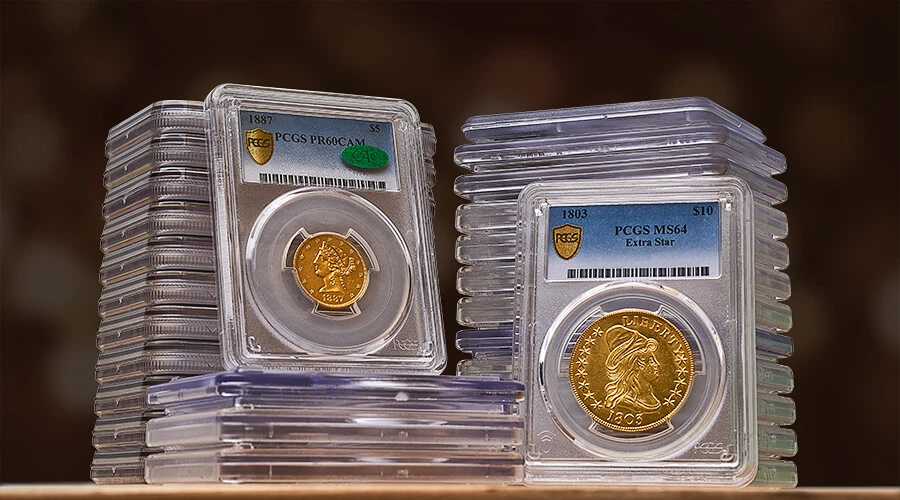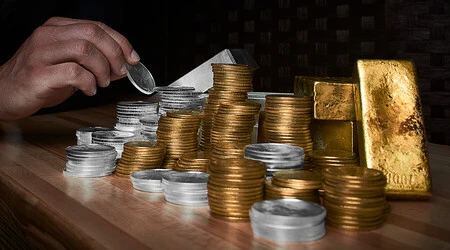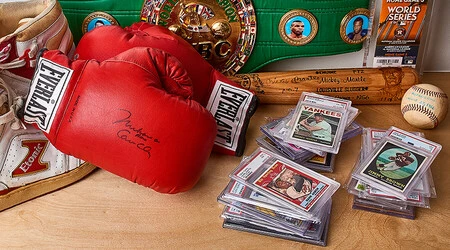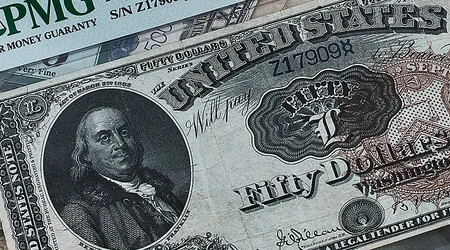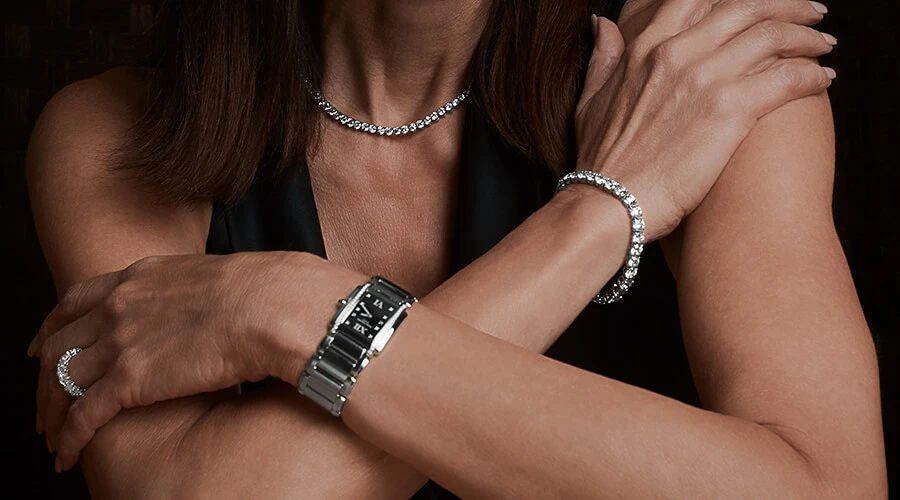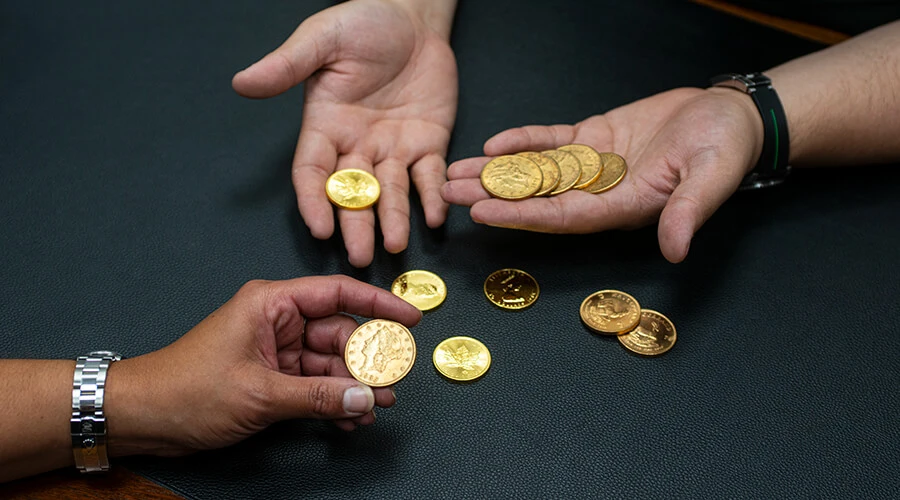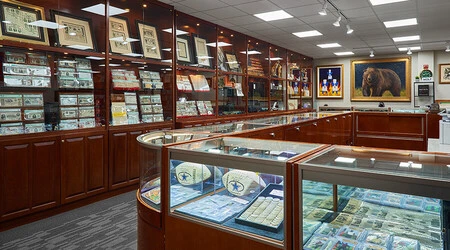The Indian Head Cent replaced the Flying Eagle penny, with a design that lasted for fifty years, spanning from 1859 into the early 1900s.
It has long been rumored that the model for the Indian likeness on the Indian Head Cent was the daughter of James Barton Longacre who was the coin’s designer, but it has never actually been proven. Longacre, who was the Chief Engraver at the Philadelphia Mint, was an American portraitist and engraver, and from 1844 until his death and the fourth Chief Engraver of the United States Mint. Longacre is best known for designing the Indian Head cent, which entered commerce in 1859. He was also the designer of the Shield nickel, Flying Eagle cent, and other coins of the mid-19th century.
Despite being produced more than a century ago, this one-cent American penny is still relatively common, likely due to its post-Civil War popularity. You see the in 1859, preparations for war were well underway, including economic preparations. Anticipating the conflict, jittery Americans on both sides of the Mason-Dixon Line began hoarding gold and silver coins. Not being made of precious metal, cents continued to circulate. In fact, it seemed inconceivable that Americans would hoard cents. However, only two years earlier, the public had welcomed the large cents’ demise with the introduction of the smaller Flying Eagle cent and considered the older, larger coins too cumbersome for ordinary use. But production problems plagued the new smaller coin and the Indian head cent, named based on depicting a female clad in a feathered Indian headdress quickly replaced it for mass production.
As we mentioned, this “Indian Head” portrait, not a native American profile but apparently modeled after James Barton Longacre daughter Sarah, it is rumored that she was at the mint visiting her father when she tried on the Indian headdress of Sitting Bull. Her father saw her and sketched her, hence the image of the obverse side of the coin was born. Other theories say that it is a depiction of Lady Liberty wearing a headdress. No matter who the model was for this coin, it had widespread appeal, reinforcing the acceptance of the cents already enjoyed because of their handy size. Production levels were high, far higher than those of the large cents they replaced, and it was common knowledge that the metal in each coin was worth less than one cent. But the Civil War shattered many accepted beliefs, including the perception that small-size, low-value cents were immune from hoarding.
Initially, bags of cents served as one of the primary means of payment for harried merchants. Before long, however, they also became a target for hoarders. They were, after all, government-issue coins, and as such were preferable to the all-but-irredeemable “shinplasters” (scrip and wildcat bank notes) being widely offered. Furthermore, the price of nickel, fueled by wartime demand, was rising quickly, giving these nickel-alloy coins greater intrinsic value. By December 1862, cents had joined gold and silver coins on the shelf. That was when necessity gave birth to invention, not by Uncle Sam but by private entrepreneurs. To fill the vacuum left by the departure of federal coinage, merchants and promoters began producing cent-sized bronze tokens, generally bearing an implied or even explicit promise of redemption in goods, services or money. These “Civil War tokens” gained broad acceptance as a money substitute.
Mint officials were duly impressed, and in 1864 they reshaped the cent in these tokens’ image, replacing the copper-nickel “white cent” with a slimmed-down version made of bronze. Besides being darker in color, the new Indian Head cent was one-third lighter in weight. Its diameter was unchanged, however, and it still bore the same Indian Head obverse design and simple wreath and shield reverse fashioned for its predecessor by the Mint’s chief engraver, James B. Longacre. The new coin’s components were less expensive than nickel, and this combined with its lower weight made it much cheaper to produce. It was also easier to strike, as bronze is much softer than a nickel. And like the tokens it successfully replaced, it enjoyed ready acceptance from the public, effectively ending the shortage of cents in circulation. Both kinds of cents were issued in 1864, with the bronze outnumbering the copper-nickel by about 3-to-1. Despite its higher mintage, the bronze cent provided the year’s scarcest variety: one on which Longacre’s initial “L” appears on the ribbon of the Indian’s bonnet. The designer didn’t add this until late in the year, so relatively few 1864 cents have it.
Apparently, a large quantity of these “L” cents went to England, for many pieces were recovered from there in the 1950s and 60s. Bronze Indian Head cents remained in production without interruption for nearly half a century before giving way to the Lincoln design in 1909. The design remained the same for the entire run except for minute changes in 1886, when the then Chief Engraver, Charles Barber, slightly lowered the relief and made a small change in the position of the last headdress feather. For all but the last two years, Indian Heads were struck only at the main mint in Philadelphia; in 1908 and 1909, the San Francisco branch struck cents, both times in very limited quantities. On these, the “S” mintmark appears below the wreath on the reverse. Although there are slight variations in design, the images remained virtually the same (excluding the obvious change on the reverse after the first year) until the coin ceased production in 1909. In 1909, the Indian Head American penny was discontinued in favor of the Lincoln penny, which commemorated the 100th birthday of President Abraham Lincoln.












